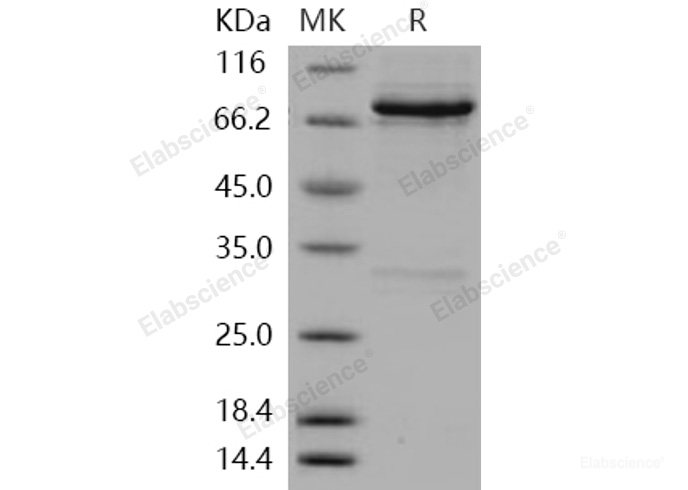Background
RET proto-oncogene, also known as RET, is a cell-surface molecule that transduce signals for cell growth and differentiation. It contains 1 cadherin domain and 1 protein kinase domain. RET proto-oncogene belongs to the protein kinase superfamily, tyr protein kinase family. RET proto-oncogene is involved in numerous cellular mechanisms including cell proliferation, neuronal navigation, cell migration, and cell differentiation upon binding with glial cell derived neurotrophic factor family ligands. It phosphorylates PTK2/FAK1 and regulates both cell death/survival balance and positional information. RET is required for the molecular mechanisms orchestration during intestine organogenesis, involved in the development of enteric nervous system and renal organogenesis during embryonic life, promotes the formation of Peyer's patch-like structures, modulates cell adhesion via its cleavage, involved in the development of the neural crest. RET proto-oncogene is active in the absence of ligand, triggering apoptosis. RET acts as a dependence receptor, in the presence of the ligand GDNF in somatotrophs (within pituitary), promotes survival and down regulates growth hormone (GH) production, but triggers apoptosis in absence of GDNF. It also regulates nociceptor survival and size, triggers the differentiation of rapidly adapting (RA) mechanoreceptors, mediated several diseases such as neuroendocrine cancers.







